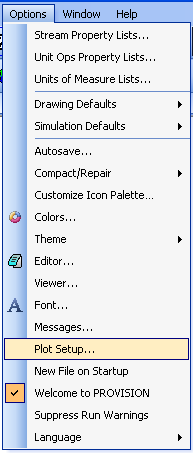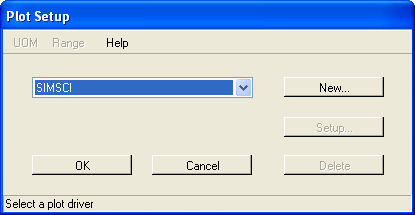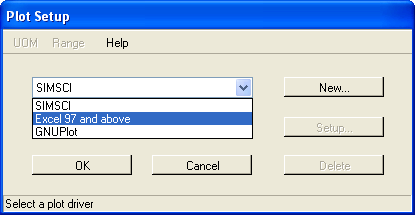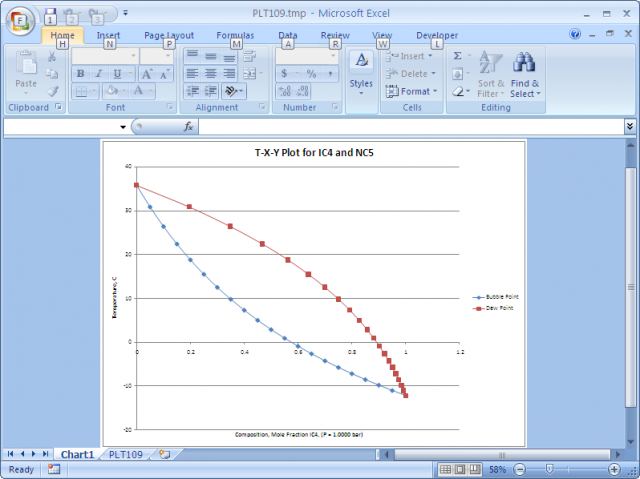How the US oil, gas boom could shake up global order
Interesting commentary on how the rise of US Oil could affect global relationships.
What do you think will be the most likely change?
Interesting commentary on how the rise of US Oil could affect global relationships.
What do you think will be the most likely change?
















